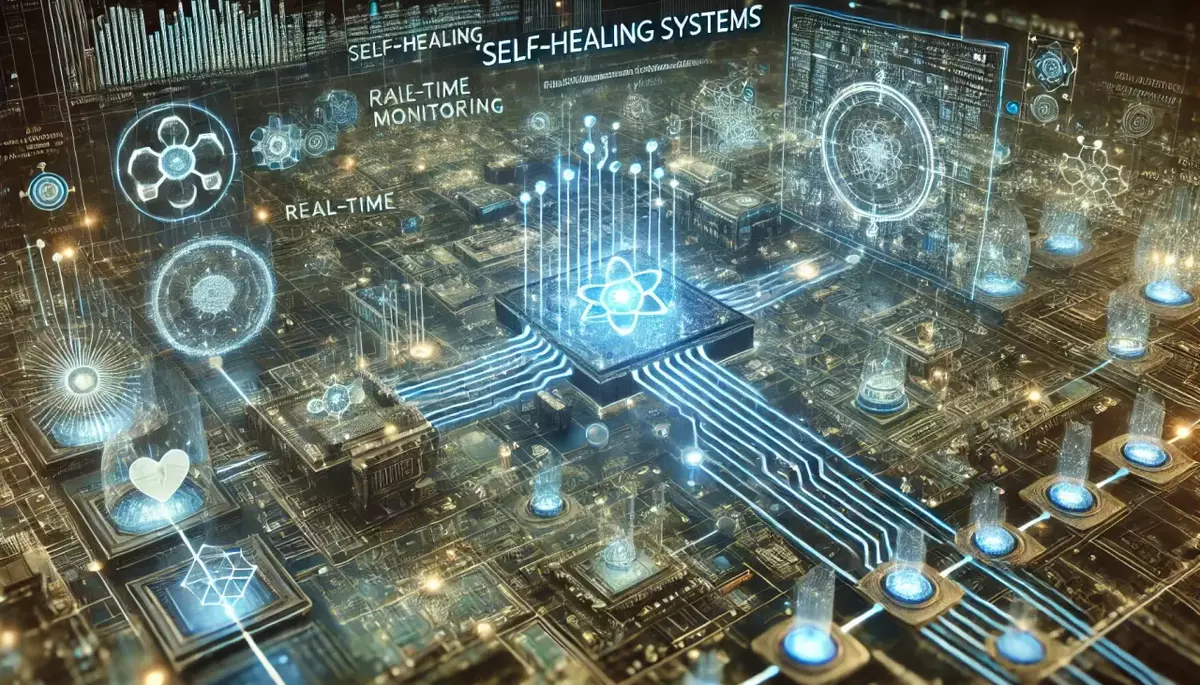Introduction
Virtualization is a technology that allows the creation of virtual versions of computing resources, such as operating systems, servers, storage devices, and networks. It enables the efficient utilization of physical hardware by partitioning it into multiple virtual environments, each with its own operating system, applications, and resources.
What is Virtualization?
Virtualization is the process of creating a software-based, or virtual, representation of a physical computing resource. This technology allows a single physical machine to host multiple virtual machines (VMs), each running its own operating system and applications, independent of the others.
Key Characteristics of Virtualization:
- Resource Optimization: Virtualization enables the efficient use of physical hardware by allowing multiple virtual machines to share the same physical resources.
- Isolation: Each virtual machine is isolated from the others, ensuring that one VM’s activities do not affect the others.
- Flexibility: Virtualization provides the ability to easily create, modify, and manage virtual machines to meet changing business needs.
- Scalability: Virtualization allows for the dynamic allocation of resources, enabling the scaling up or down of virtual machines as required.
Types of Virtualization
There are several types of virtualization, each targeting different computing resources:
Server Virtualization:
This involves the creation of multiple virtual servers, or virtual machines, on a single physical server. Each virtual machine can run its own operating system and applications.
Desktop Virtualization:
Desktop virtualization separates the desktop environment from the physical device, allowing users to access their desktops and applications from any device, anywhere.
Storage Virtualization:
Storage virtualization combines multiple physical storage devices into a single, logical storage pool, which can be managed and allocated as needed.
Network Virtualization:
Network virtualization creates a virtual network overlay on top of the physical network infrastructure, allowing for the dynamic creation and management of virtual networks.
Benefits of Virtualization
Virtualization offers numerous benefits to organizations, including:
Cost Savings:
Virtualization can reduce hardware, energy, and maintenance costs by consolidating multiple physical servers onto fewer, more efficient virtual machines.
Increased Efficiency:
Virtualization enables better utilization of physical resources, leading to improved overall system performance and reduced energy consumption.
Improved Disaster Recovery:
Virtualization makes it easier to create and manage backups, replicas, and snapshots of virtual machines, enhancing the organization’s disaster recovery capabilities.
Flexibility and Agility:
Virtualization allows for the rapid deployment, scaling, and migration of virtual machines, enabling organizations to respond quickly to changing business needs.
Virtualization Platforms and Technologies
There are several leading virtualization platforms and technologies, including:
Hypervisors:
Hypervisors are the core software that enables virtualization by creating and managing virtual machines. Examples include VMware ESXi, Microsoft Hyper-V, and Citrix Hypervisor.
Cloud Computing:
Cloud computing leverages virtualization to provide on-demand access to computing resources, such as servers, storage, and applications, over the internet.
Containers:
Containers are a lightweight virtualization technology that package an application and its dependencies into a single, portable unit, allowing for consistent deployment across different environments.
Challenges and Considerations
While virtualization offers many benefits, there are also some challenges and considerations to keep in mind:
Security:
Virtualization can introduce new security risks, such as the potential for cross-VM attacks and the need to secure the hypervisor and virtual networks.
Performance:
Virtualization can introduce some performance overhead, which needs to be carefully managed to ensure optimal application and system performance.
Licensing and Compliance:
Virtualization can complicate software licensing and compliance, requiring organizations to carefully manage their licensing agreements and virtual environments.
Future Trends in Virtualization
The field of virtualization continues to evolve, with several emerging trends and advancements:
Edge Computing:
Virtualization is enabling the deployment of computing resources closer to the edge of the network, reducing latency and improving performance for applications that require real-time processing.
Containerization and Orchestration:
The rise of container technologies, such as Docker and Kubernetes, is transforming the way applications are developed, deployed, and managed in virtualized environments.
Hybrid and Multi-Cloud Environments:
Virtualization is enabling the seamless integration of on-premises and cloud-based resources, allowing organizations to leverage the benefits of both private and public cloud infrastructures.
Conclusion
Virtualization is a transformative technology that has revolutionized the way organizations manage and utilize their computing resources. By creating virtual representations of physical hardware, virtualization enables greater efficiency, flexibility, and cost savings, making it a crucial component of modern IT infrastructure. As the field continues to evolve, organizations must stay informed about the latest trends and best practices to fully harness the power of virtualization.
This knowledge base article is provided by Fabled Sky Research, a company dedicated to exploring and disseminating information on cutting-edge technologies. For more information, please visit our website at https://fabledsky.com/.
References
- Ruest, Nelson, and Danielle Ruest. Virtualization: A Beginner’s Guide. McGraw-Hill Education, 2009.
- Silberschatz, Abraham, Peter Baer Galvin, and Greg Gagne. Operating System Concepts. Wiley, 2018.
- Tanenbaum, Andrew S., and Herbert Bos. Modern Operating Systems. Pearson, 2014.
- Rouse, Margaret. “Virtualization.” TechTarget, 2022, https://www.techtarget.com/searchservervirtualization/definition/virtualization.
- Vaughan-Nichols, Steven J. “What is Virtualization?” ZDNet, 2019, https://www.zdnet.com/article/what-is-virtualization/.


























